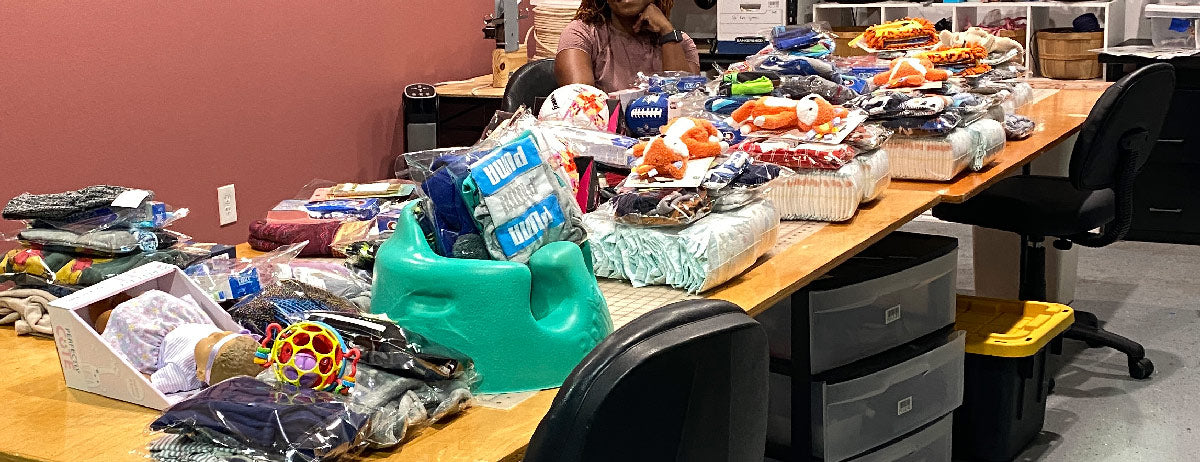In the heart of the African continent, nestled in the vibrant culture of Ghana, lies a centuries-old tradition that fuses artistry, sustainability, and economic empowerment – the creation of Krobo beads. These beads, known for their stunning colors and unique patterns, have become a symbol of African craftsmanship and are at the core of Cloth & Cord's mission to support local artisans while creating beautiful accessories. In this article, we will delve into the art of making Krobo beads, explore how Cloth & Cord sources them, and discuss the sustainability and economic impact of this beautiful tradition.
The Art of Making Krobo Beads
Krobo beads have a rich history dating back over three centuries. They are handmade by skilled artisans from the Krobo ethnic group in Ghana. The process of crafting these beads is a labor-intensive art form that has been passed down through generations.
1. Recycled Glass: The primary material used in Krobo beads is recycled glass. Artisans collect discarded glass bottles and other glass items, which are then cleaned and sorted by color.
2. Melting and Molding: The glass is melted in clay molds, often made by hand, and then placed in kilns to harden. This process creates the unique, irregular shapes that characterize Krobo beads.
3. Decorating with Powdered Glass: After cooling, the beads are decorated with powdered glass, giving them their signature designs and vibrant colors. This is where the artisans' creativity truly shines, as they handcraft intricate patterns and motifs.
4. Final Firing: The decorated beads undergo a final firing to set the powdered glass designs. This ensures the beads' durability and vivid colors.
5. Stringing and Assembly: Once the beads are cooled and inspected, they are strung together to create bracelets, earrings, necklaces, and other accessories.
Cloth & Cord's Commitment to Sustainability
Cloth & Cord understands the value of preserving the environment and supporting local communities. By sourcing Krobo beads for their accessories, they contribute to both sustainability and economic empowerment:
1. Recycling Glass: By using recycled glass, Cloth & Cord helps reduce the environmental impact of glass waste. This sustainable approach aligns with global efforts to reduce waste and conserve resources.
2. Supporting Artisans: Cloth & Cord's partnership with local Krobo artisans provides them with a stable source of income. This helps uplift these talented individuals and strengthens their communities.
3. Preserving Tradition: By promoting the art of Krobo bead-making, Cloth & Cord ensures that this valuable tradition continues to thrive. This cultural heritage is passed on to future generations, preserving the identity of the Krobo people.

Empowering the African Economy
Beyond sustainability, Cloth & Cord's collaboration with African artisans has a profound impact on the economy of the region. Here's how:
1. Job Creation: By purchasing Krobo beads, Cloth & Cord creates employment opportunities for artisans, allowing them to support their families and improve their living conditions.
2. Economic Growth: The income generated from the sale of these beads circulates within local communities, contributing to economic growth and development.
3. Education and Healthcare: With improved financial stability, artisans can invest in education and healthcare for their families, further enhancing their quality of life.
African Krobo beads are not just beautiful accessories; they represent a rich cultural tradition, sustainable practices, and economic empowerment. Cloth & Cord's commitment to sourcing these beads from local artisans in Ghana showcases their dedication to ethical fashion and supporting communities in need. By wearing Krobo bead accessories, customers not only adorn themselves with unique and vibrant jewelry but also become part of a movement that values sustainability and economic empowerment in Africa. It's a beautiful partnership that connects people worldwide through art, culture, and positive change.

















